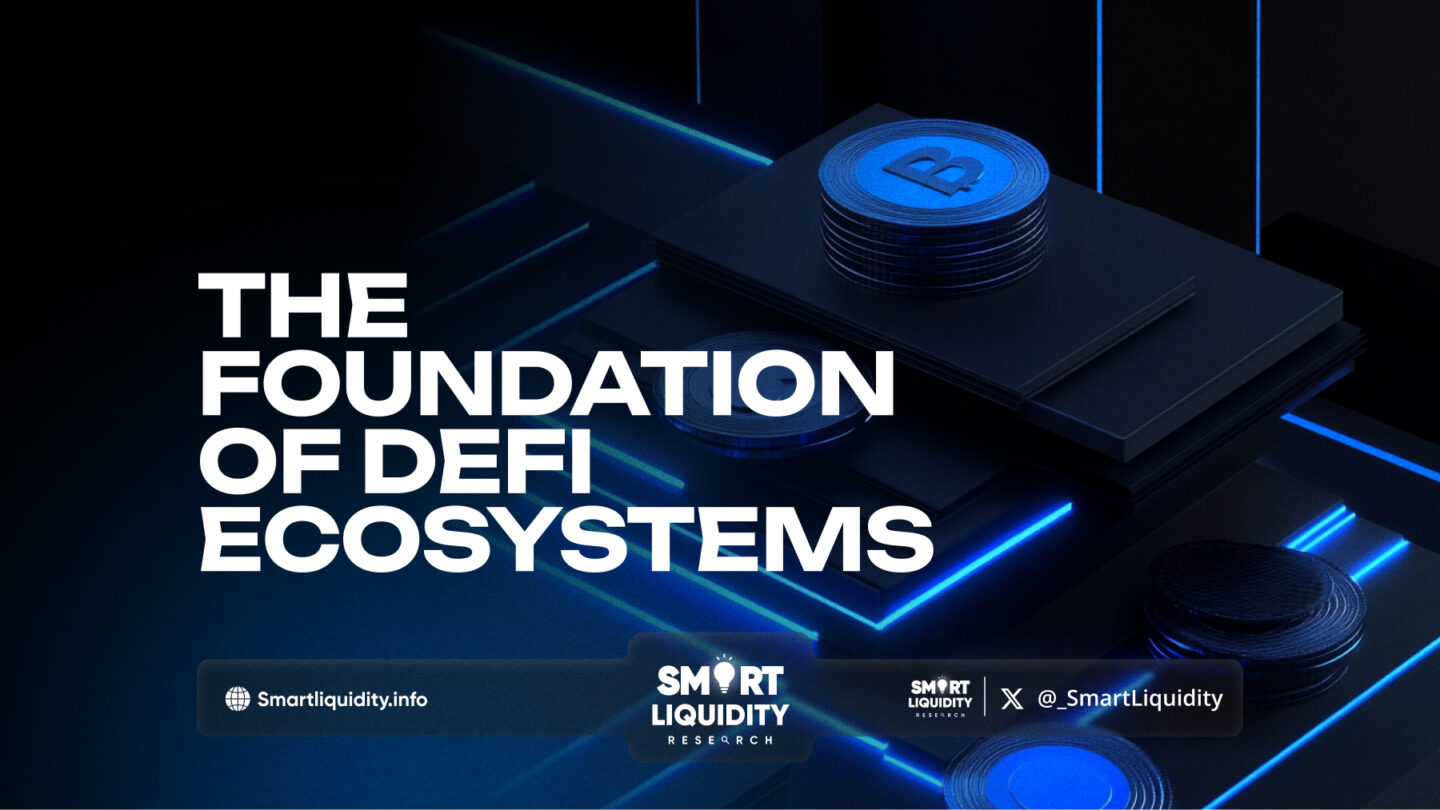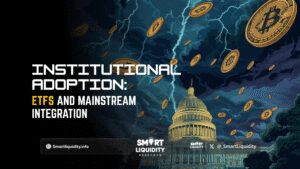Tokenomics: The Foundation of DeFi Ecosystems


In decentralized finance (DeFi), tokenomics is key to shaping the behavior, functionality, and sustainability of ecosystems. Combining “token” and “economics,” it governs the creation, distribution, and use of tokens in blockchain systems. Tokenomics ensures efficiency, sustainability, and long-term value for DeFi ecosystems.
The Basics of Tokenomics
Tokenomics covers all economic aspects surrounding a cryptocurrency or token, including its supply, distribution, incentives, and overall utility. In decentralized ecosystems, tokens are the primary units of exchange, representation, and governance. Depending on their function, tokens can be categorized into several types:
- Utility Tokens: These tokens provide access to a particular product or service within a network. For example, in a DeFi platform, utility tokens could be used to pay for transaction fees or access certain features.
- Governance Tokens: These are often distributed to users, giving them voting rights on key protocol changes or decisions. Governance tokens encourage decentralization, allowing the community to participate in decision-making processes.
- Security Tokens: Representing ownership in an asset (like stocks or real estate), security tokens are highly regulated and provide holders with certain rights, such as profit-sharing or dividends.
- Stablecoins: These tokens are pegged to an external asset (such as fiat currency) and maintain a stable value. Stablecoins play a crucial role in DeFi, where price stability is essential for lending, borrowing, and trading.
Understanding the tokenomics model of a project is essential for determining its long-term viability and success. A well-designed tokenomics model ensures that the token will retain or increase its value over time, creating a robust incentive structure for stakeholders.
Supply and Distribution: Key Elements in Tokenomics
The total supply and distribution model of a token are among the most critical aspects of tokenomics. These factors directly impact the token’s scarcity, demand, and long-term valuation.
Token Supply
Token supply can be divided into two main categories:
- Fixed Supply: Some tokens have a maximum supply, meaning no more tokens will be minted after a certain threshold is reached (e.g., Bitcoin’s fixed supply of 21 million BTC). Fixed supply creates scarcity and, in theory, leads to price appreciation as demand increases.
- Inflationary Supply: Other tokens are designed with an inflationary model, where new tokens are continuously minted (e.g., Ethereum’s flexible supply). Inflationary models can dilute the value of existing tokens but can also provide liquidity for network growth.
A project’s tokenomics should clearly define its supply structure and minting process to avoid confusion and ensure transparency.
Token Distribution
Distribution refers to how tokens are allocated among different participants, such as developers, investors, and the community. Common distribution models include:
- Pre-mined Tokens: Some tokens are mined or created before the official launch of a project, often used to fund development or attract early investors.
- Fair Launch: In this model, no tokens are pre-mined, and everyone has an equal chance to earn or buy tokens from the beginning, fostering trust and fairness within the community.
The distribution model should ensure that no single party holds a disproportionate amount of tokens, which could lead to centralization or manipulation.
Incentive Structures in DeFi
A core principle of tokenomics in DeFi is to incentivize user participation through various reward mechanisms. By rewarding users for contributing to the network—whether through staking, liquidity provision, or governance participation—DeFi projects ensure that the system remains decentralized and self-sustaining.
Staking
Staking involves locking up a certain number of tokens in a smart contract for a specified period, in return for rewards. These rewards usually come in the form of more tokens. Staking not only benefits users through passive income but also benefits the network by enhancing its security and stability.
For example, in proof-of-stake (PoS) networks like Ethereum 2.0, users stake tokens to validate transactions and maintain network security. Stakers are rewarded with additional tokens for their contribution. The staking mechanism encourages users to hold onto their tokens, reducing selling pressure and promoting price stability.
Yield Farming and Liquidity Mining
DeFi protocols heavily rely on liquidity to operate efficiently. Yield farming and liquidity mining are reward mechanisms designed to incentivize users to provide liquidity to decentralized exchanges (DEXs) or lending platforms. Users who provide liquidity are rewarded with a portion of the transaction fees or additional tokens, creating an additional revenue stream.
The success of yield farming and liquidity mining programs largely depends on tokenomics. By offering attractive rewards, projects can attract more liquidity providers, which enhances the efficiency and liquidity of the protocol. However, poor tokenomics, where reward tokens are issued without proper control, can lead to inflation, devaluation, and an unsustainable ecosystem.
Governance and Decentralization
Governance plays a central role in DeFi ecosystems, and governance tokens are a key component of tokenomics. Through governance tokens, token holders can participate in protocol decisions, including updates, fee structures, and partnerships. This democratic system fosters decentralization, ensuring that control is distributed across the community rather than concentrated in the hands of a few.
However, governance tokenomics must strike a balance between decentralization and incentivization. If a few participants hold the majority of governance tokens, they may have disproportionate influence over decisions, defeating the purpose of decentralization. A well-structured governance model ensures that all participants have a say in protocol development, aligning the interests of stakeholders with the long-term success of the project.
Value Capture and Burn Mechanisms
To sustain long-term value, many DeFi projects incorporate value-capturing mechanisms into their tokenomics models. One of the most common methods is token burning, where a portion of tokens is destroyed or removed from circulation. This can create deflationary pressure, potentially driving up the token’s price by reducing the overall supply.
For example, platforms like Binance use a token burn mechanism, where a percentage of profits is used to buy back and burn tokens, reducing the total supply and increasing the token’s scarcity. Token burning can serve as a tool to manage inflation and reward long-term holders.
Token Utility: The Backbone of DeFi
A token’s utility is one of the most important aspects of its tokenomics model. Tokens must serve a clear purpose beyond mere speculation. Whether they are used for paying transaction fees, governance, staking, or accessing specific services, the more utilities a token has, the more demand it will generate.
For example, in lending protocols like Aave, users are required to hold the platform’s native token (AAVE) to gain access to exclusive features or receive discounted fees. Similarly, in decentralized exchanges like Uniswap, governance tokens (UNI) allow users to vote on protocol upgrades.
Well-designed token utility drives adoption and ensures that the token remains relevant and valuable within the ecosystem.
Challenges and Risks in Tokenomics
Despite its importance, tokenomics also presents challenges and risks that can undermine a DeFi project if not properly managed. Some of the common risks include:
- Over-reliance on Inflation: If new tokens are minted excessively to reward participants, it can lead to inflation and reduce the value of the token.
- Liquidity Risks: While liquidity incentives attract participants, they can also create short-term volatility as users quickly enter and exit the ecosystem for rewards.
- Centralization: Improper distribution models can result in token hoarding by a few participants, which undermines decentralization.
DeFi projects must carefully design their tokenomics to mitigate these risks and ensure long-term success.
Conclusion
Tokenomics is the foundational element of any successful DeFi ecosystem. It governs how tokens are issued, distributed, and utilized within the network, creating an economic framework that incentivizes user participation, promotes decentralization, and sustains long-term value. By focusing on the key aspects of tokenomics—such as supply management, incentive structures, and governance—DeFi projects can create robust ecosystems that are both profitable and sustainable.
As DeFi continues to evolve, the importance of well-designed tokenomics will only grow, determining the success and longevity of decentralized finance ecosystems in the global economy.




